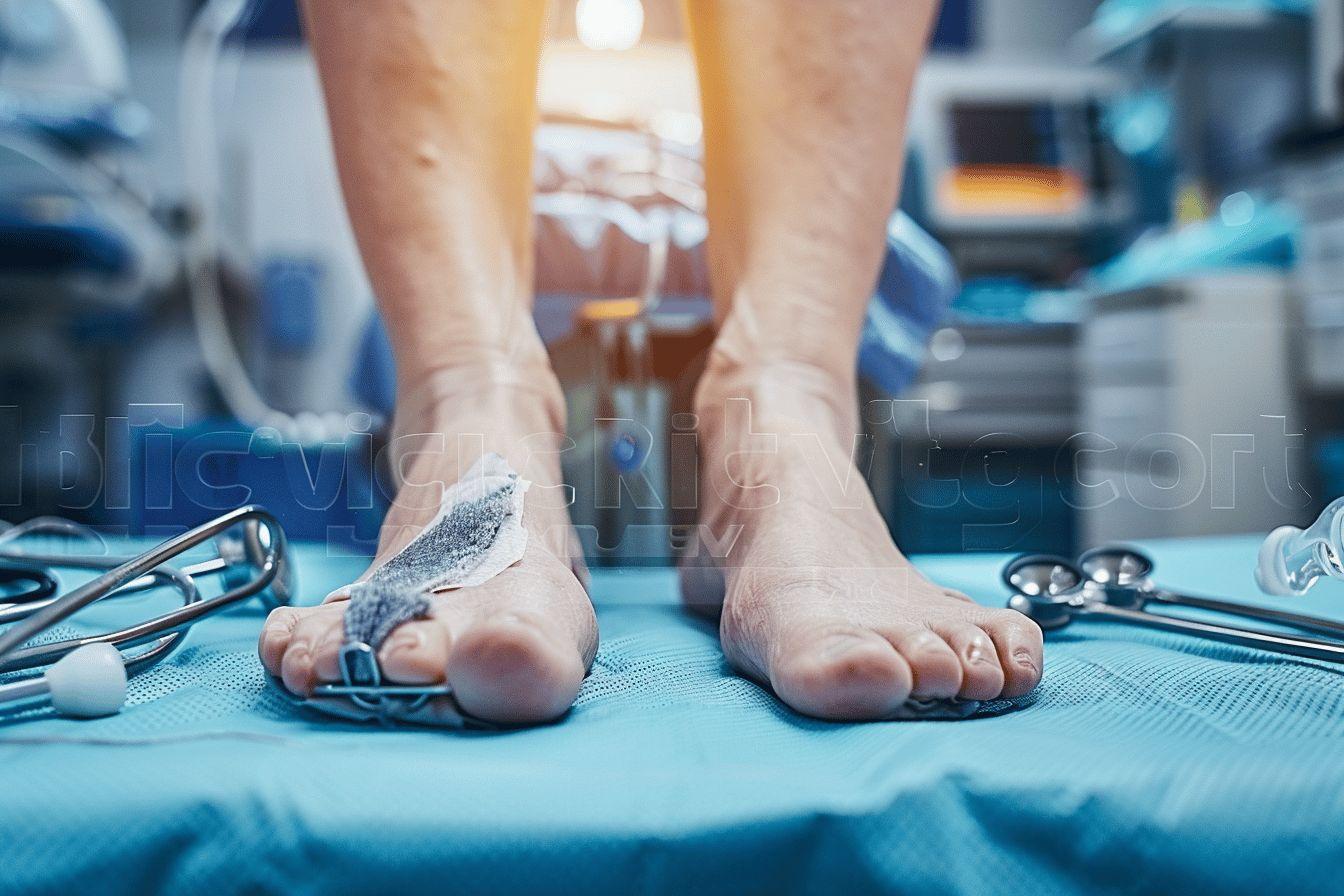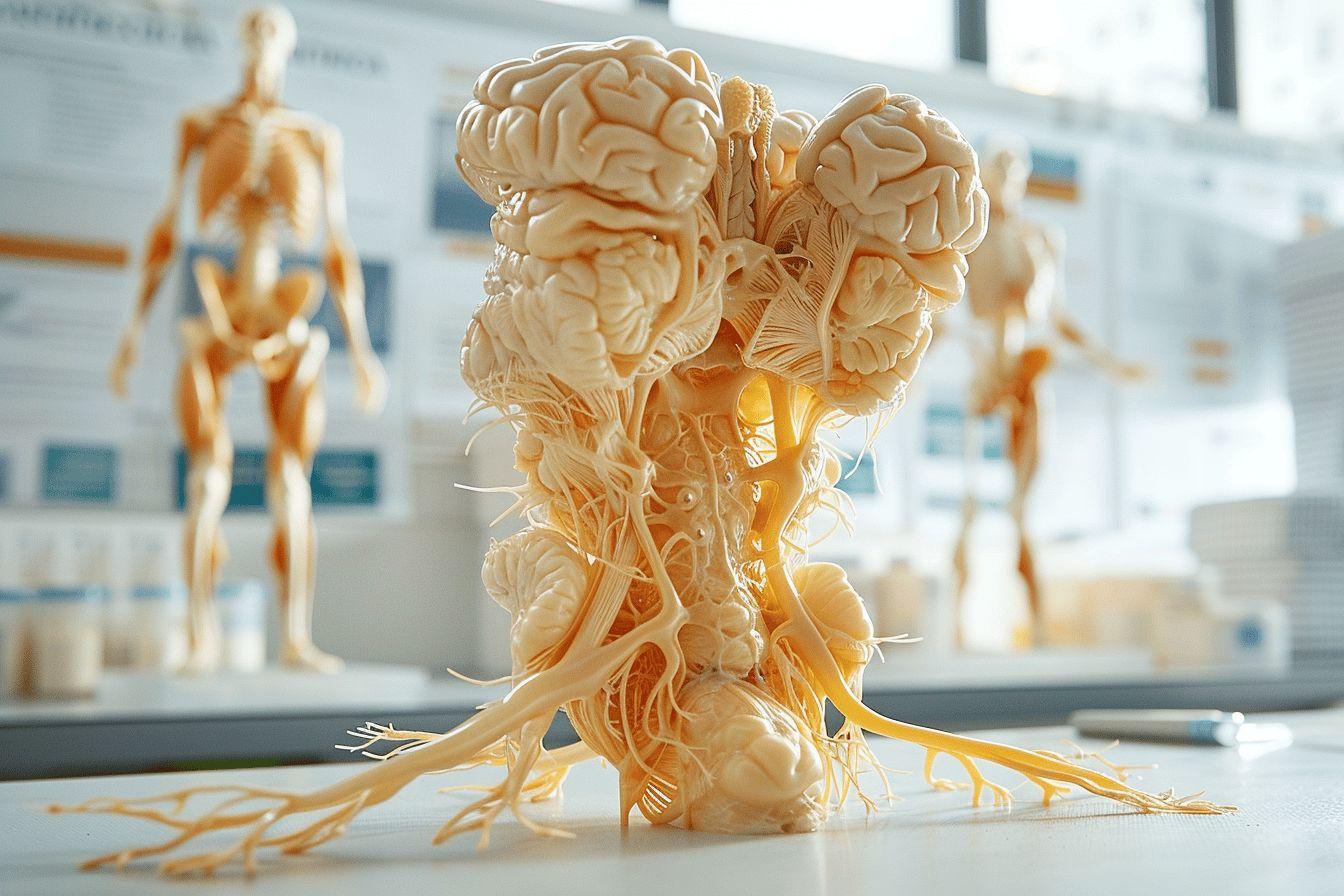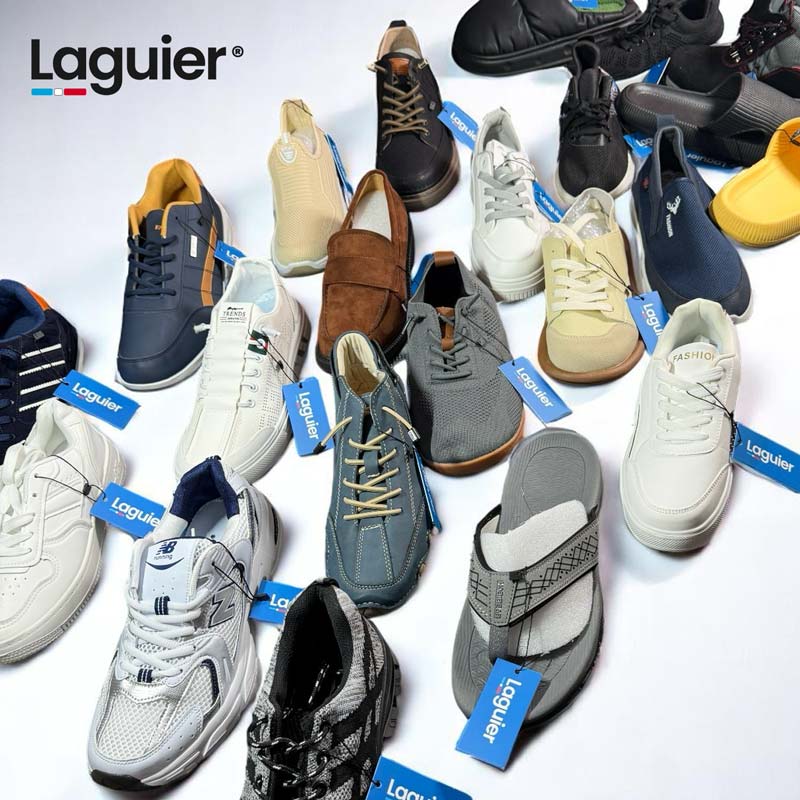Hallux valgus, or "bunion," is a deformity of the big toe that can be corrected with effective methods.
- Suitable shoes: choose models with a wide toe and low heels
- Targeted exercises: stretching and strengthening the foot
- Orthotics: custom-made arch supports to correct foot position
- Additional care: cold/heat applications and physiotherapy
Hallux valgus, commonly called a "bunion," is a deformity of the big toe that can cause serious Daily discomfort. This condition affects many people, especially women and the elderly. Fortunately, there are effective methods to slow its progression and relieve the associated symptoms. In this post, we'll examine five proven approaches to taking care of your feet and preventing this condition from worsening.
Understanding Hallux Valgus and Its Causes
Before diving into solutions, it's crucial to understand what exactly hallux valgus is and what causes it. This deformity is characterized by a deviation of the big toe toward the outside of the foot, forming a bony protrusion at the base of the joint. There are many causes:
- Genetic factors
- Wearing unsuitable shoes
- Repeated trauma
- Foot biomechanical disorders
Hallux valgus can cause significant pain, difficulty walking, and even affect balance. It is therefore essential to act at the first signs to prevent rapid progression of the deformity. Note that this condition can sometimes be accompanied by other podiatric problems such as claw toes, requiring comprehensive care.

Adopt suitable shoes to relieve pressure
One of the first steps to slow the progression of bunions is to review your shoe wardrobe. Choosing the right shoes plays a crucial role in preventing and relieving this condition. Here are some tips for choosing the right shoes:
Opt for models with a wide toe box that allow enough space for the toes. Avoid pointed shoes that compress the forefoot. Choose soft, flexible soles that allow for natural foot movement. Low heels (less than 2 cm) are preferable to reduce pressure on the forefoot.
It is also recommended to regularly vary the types of shoes worn to avoid always putting stress on the same areas of the foot. Don't hesitate to consult a podiatrist for personalized advice on choosing shoes based on the shape of your feet and the progression of your bunion.
Targeted exercises to strengthen and loosen the foot
Regularly practicing specific exercises can significantly slow the progression of bunion and improve foot mobility. Here are some simple exercises to do daily:
- Big toe stretches: Gently grasp your big toe and stretch it in its natural position for 10 seconds.
- Flexions and extensions: Perform flexion and extension movements of the big toe to maintain flexibility.
- Grip exercises: Pick up small objects with your toes to strengthen the foot muscles.
- Foot massage: Gently massage the bunion area to improve blood circulation.
These exercises, performed regularly, can significantly improve foot flexibility and strength. They help reduce stress on the big toe joint and maintain better alignment. It is important to practice them gently, without forcing, to avoid any pain or inflammation.
Use of orthotics and arch supports
Custom-made orthotics and arch supports can play a crucial role in the management of hallux valgus. These devices, designed by healthcare professionals, aim to correct foot position and distribute pressure more evenly when walking. Here's an overview of the different types of orthotics available:
| Type of Orthosis | Main Function | Benefits |
|---|---|---|
| Toe Separator | Maintains space between the big toe and second toe | Reduces pressure and promotes alignment |
| Night Splint | Maintains the big toe in the correct position during sleep | Prevents nighttime progression of the deformity |
| Orthopedic Insole | Corrects the biomechanics of the foot | Improves pressure distribution and relieves pain |
The use of these orthoses should be done under the supervision of a podiatrist or orthopedist. These professionals will be able to adapt the devices to your specific case and guide you on their optimal use. It is important to note that orthoses do not permanently correct hallux valgus, but they can significantly slow its progression and improve daily comfort.
Additional Care and Treatments
In addition to the methods mentioned above, there are other complementary approaches to slow the progression of hallux valgus and relieve associated symptoms. These treatments can be particularly beneficial when incorporated into an overall condition management routine:
Hot or Cold Applications: Applying ice can help reduce inflammation and pain, while heat can improve circulation and relax muscles. Alternate these treatments according to your needs and your practitioner's recommendations.
Physical Therapy and Manual Therapy: Sessions with a physical therapist can help improve joint mobility and strengthen foot muscles. Manual therapy techniques can also relieve tension and improve foot alignment.
It's also important to consider the overall health of your feet. For example, if you suffer from plantar fasciitis, this could influence the progression of your bunion. A holistic approach, addressing all podiatric problems, is often the most effective.
If pain persists or the deformity rapidly worsens, don't hesitate to consult a specialist. In some cases, more advanced treatments such as corticosteroid injections or, as a last resort, surgery may be considered. However, with early treatment and the application of the methods described throughout this article, many people are able to effectively manage their bunion and maintain a good quality of life.





Leave a comment
This site is protected by hCaptcha and the hCaptcha Privacy Policy and Terms of Service apply.